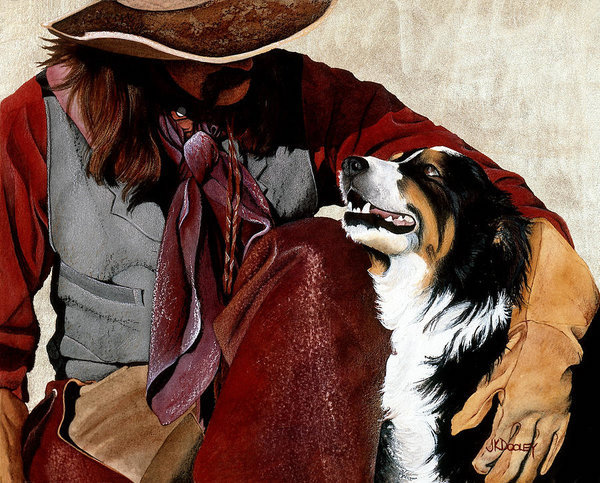
If many of us who show our dogs are honest about it, our first (fill in the breed) was also our first exposure to the dog fancy, and that meant a crash course in learning about structure, type, movement, etc. As one friend of NPDD says, “Thank goodness for my mentor who taught me conformation was not a beauty pageant.” That, too, is an early lesson.
As a rule, there’s no “quick” way to learn all there is to know about dog structure and movement, but there are a few caveats that one can “take to the bank” and remember while watching a ring of dogs being judged. However, it’s a mistake to remember the caveat, but never take the time to learn the “why” of it.
We mention celebrity chef (and Corgi enthusiast), Alton Brown, to underscore this point: Most of us know that over-boiling potatoes makes them thick and starchy, but Brown’s “Eat our Science” approach to cooking explains the chemistry of why overcooked potatoes get that way. Knowing this about potatoes makes us better cooks by helping us understand the impact of overcooked potatoes on other recipes.
Getting back to dogs, one such caveat is that there is a connection between a dog’s length of neck and the steepness of his or her shoulders. Remember, however, that this is more complicated than it first appears, and taking the time to learn the “why” of this statement empowers you to grasp other aspects of structure impacted by neck and shoulder layback.
Dogs with long necks typically have well laid-back shoulder blades. Short necked dogs usually have steep shoulders, and steep shouldered dogs appear to have short necks because the distance between their head and their shoulders seems shorter than usual. We have no less an authority on this than structure gurus, Edward M. Gilbert and Thelma Brown.
This is such an important point that the connection between neck length and shoulder lay-back is written into many breed standards, but remember not to assume that a “long” neck is the same as a neck of “moderate length.” It all depends upon the breed and it’s function.
From the Afghan Hound standard: “The neck is of good length, strong and arched, running in a curve to the shoulders which are long and sloping and well laid back.”
From the standard of a herding breed, the Australian Standard: “Neck is strong, of moderate length…shoulder blades are…well laid back.”
From the Berger Picard’s standard: NECK: Strong and muscular, moderately long in length…Shoulder blades are long and well laid back.”
And we’re not even out of the “B’s” of the alphabet.
It starts with reading your breed’s standard, and ends with reading books on canine structure to better understand it.
Image: “Best Friends” by JK Dooley available in different print formats here
